Popular voice recorders for lectures with clear audio.
Voice recorders for lectures can truly revolutionize the way we learn, study, and communicate. Whether you have a learning disability, are an ESL student, or simply want to enhance your note-taking skills, a voice recorder is a must-have tool for success.
Such digital voice recorders come equipped with directional microphones that capture sounds from one specific direction, ensuring crystal-clear audio quality. Some even have the ability to play back recordings at a slower pace, making it easier for us to digest and comprehend the information.
When choosing the best recorder for college lectures, remember to prioritize sound quality, ease of use, and convenient features like USB connectivity and editing options. Whether you opt for a digital recorder or a handy app, capturing those important lectures has never been easier.
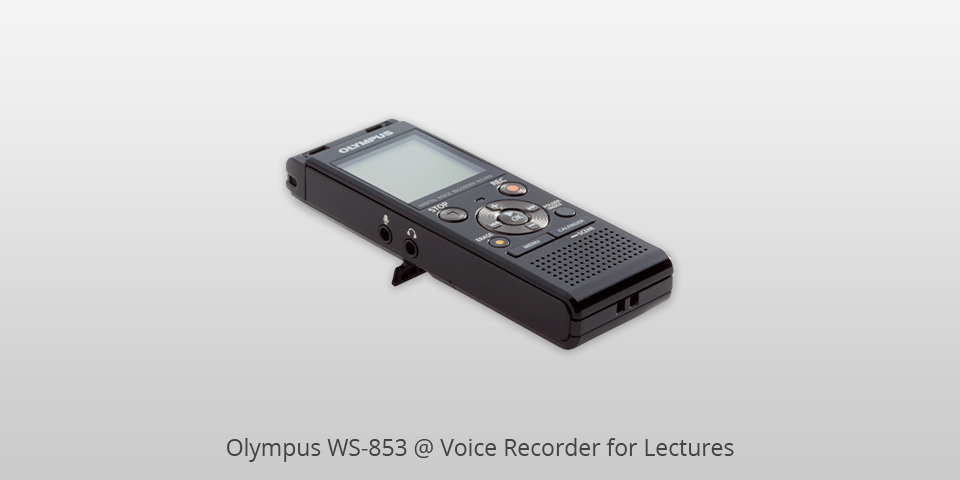
Format: MP3 | Memory storage: 8GB | Built-in microphone: Stereo | Hardware interface: MicroSD, USB, Secure Digital Card
First off, let me start by saying that this recording device for lectures is incredibly easy to use. Its record, play, pause, and stop buttons are conveniently placed for quick access. Plus, the built-in microphone is perfect for capturing lectures and meetings, and it can even amplify voices in rooms with poor acoustics.
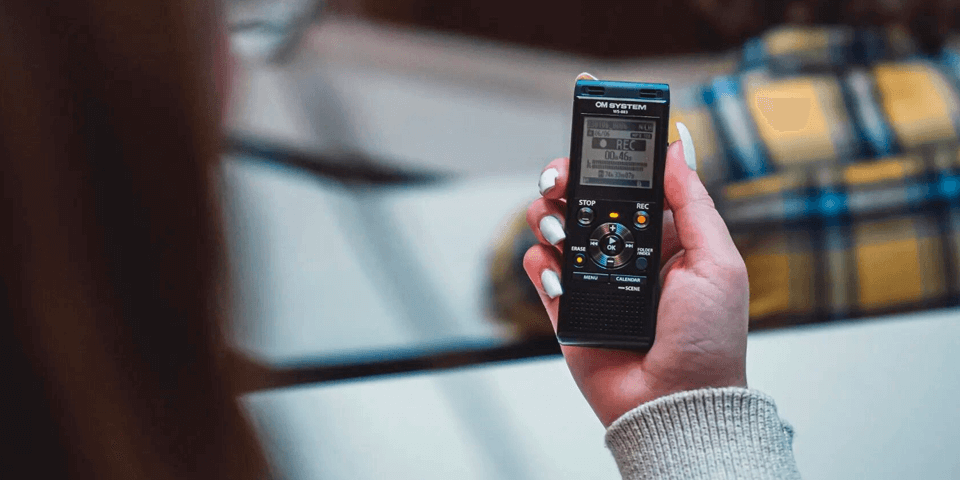
One of the standout features of this recorder is its noise-canceling capability. It can make softer voices louder and reduce background noise, ensuring that your recordings are crystal clear. This is particularly useful in crowded settings like classrooms or conferences, where capturing every detail can be challenging.
But some users have reported that the device may have issues with capturing distant sounds. While it excels in close-range recordings, if you're in a large lecture hall or a noisy environment, you might struggle to capture those far-off voices. So, keep that in mind if you're planning to use it for larger events.
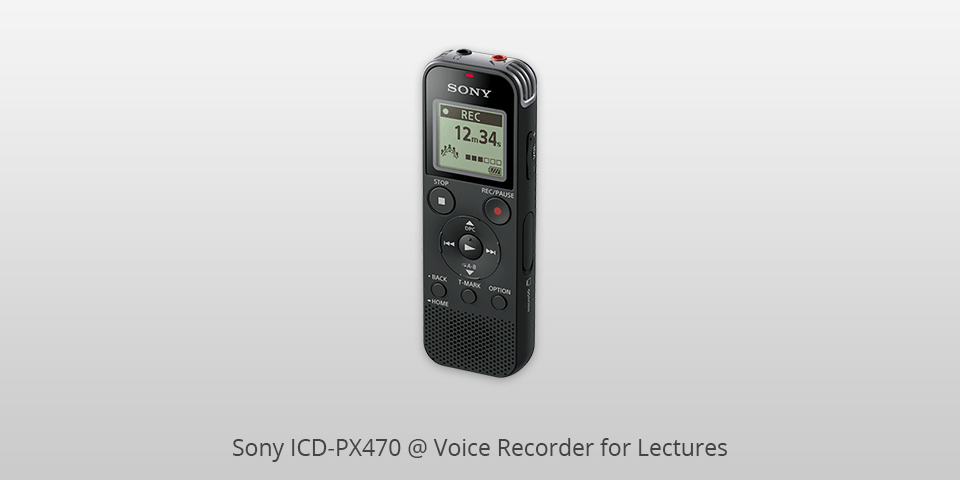
Format: MP3 | Memory storage: 4GB | Built-in microphone: Stereo | Hardware interface: MicroSD, USB, Secure Digital Card
One of the standout features of the Sony ICD-PX470 is its ability to capture lectures and interviews in crystal-clear quality. Trust me, you won't miss a single word with this device to record lectures. It even has adjustable microphone settings, so you can customize it to your liking.

Plus, the built-in USB connection makes transferring files a breeze. No more fumbling around with cables! Another great feature is the focus mode, which intensifies sounds from the direction the microphones are pointing, while minimizing other background noise.
But hey, let's not forget about the downsides. One common complaint is the battery life. While it can last up to two days, some users have found it to be a bit shorter than expected. So, make sure you have a backup plan if you're going to be recording for extended periods of time.
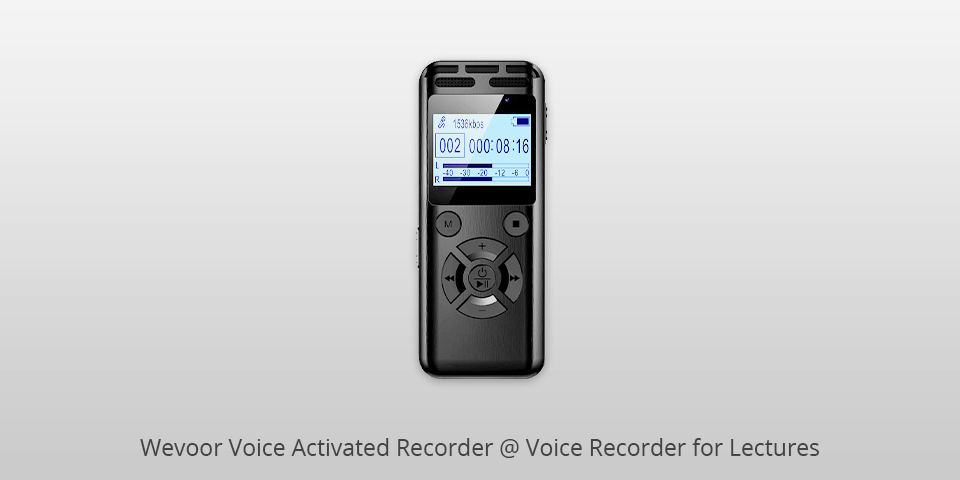
Format: MP3, WAV | Memory storage: 64GB | Built-in microphone: Stereo | Hardware interface: Micro USB 2.0 Type B
Wevoor Voice Activated Recorder starts recording automatically when it detects sound and pauses when the sound stops. This is a huge advantage for students who want to focus on listening rather than constantly pressing buttons to start and stop the recording.
Being one of the best recording devices for lectures, the sound quality of the Wevoor Voice Activated Recorder is impressive. It captures clear and crisp audio, even in noisy environments. Another advantage is its compact size and lightweight design. It is incredibly portable, making it easy to carry around and discreetly use during lectures.
One problem that some users have reported is the sensitivity of the voice activation feature. It may sometimes start recording when it detects even slight sounds, leading to unnecessary recordings. However, this can be adjusted in the settings to suit your preferences.
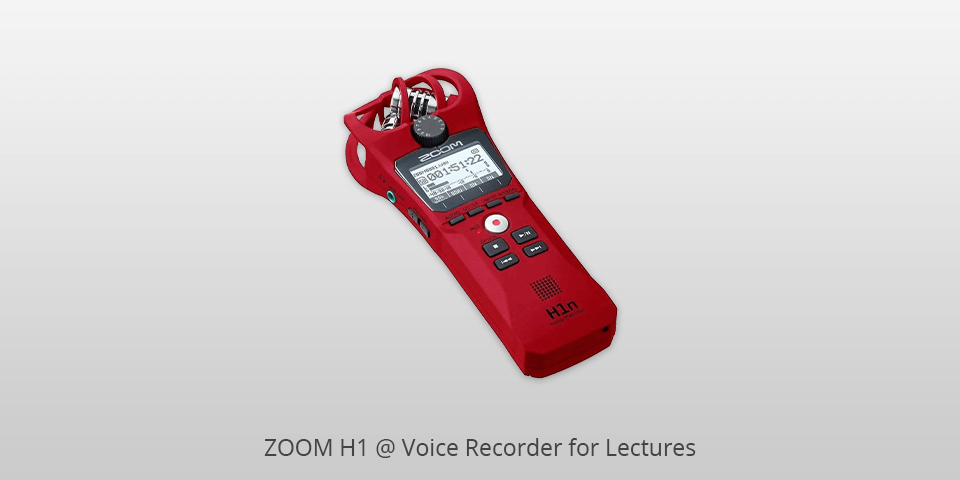
Format: MP3 | Memory storage: 32GB | Built-in microphone: Stereo | Hardware interface: USB
This handy recorder for college lectures offers professional-quality stereo recording at an affordable price. It's perfect for capturing lectures, speeches, or any other audio you may need for your blogging endeavors. The H1 comes with studio-quality microphones and easy-to-use controls, making it a breeze to operate.
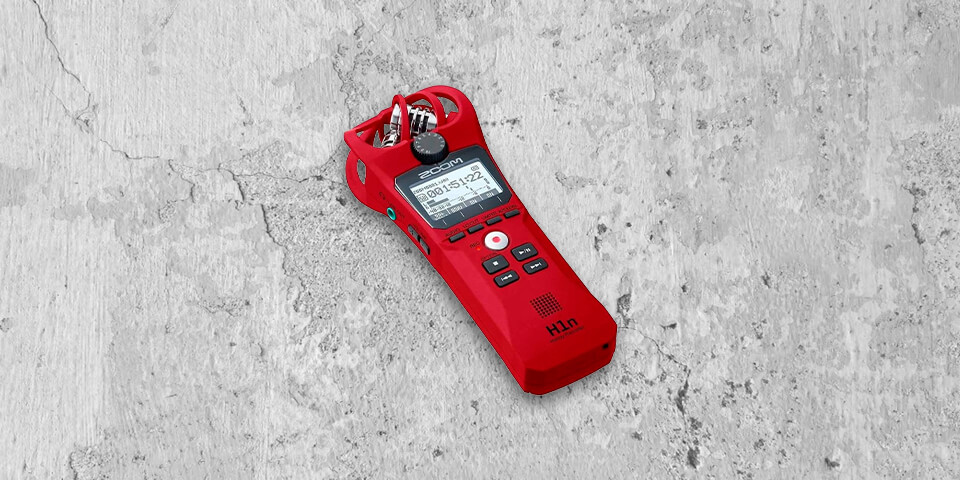
One of the standout features of the ZOOM H1 is its X/Y stereo microphone. This configuration ensures a natural stereo image and superior sound quality, allowing you to capture every detail with clarity. The built-in EQ allows you to adjust your recordings for optimal playback on any system, giving you more control over the final product.
Now, let's move on to some of the disadvantages and potential problems you may encounter with the ZOOM H1. It doesn't have a pause or replay button, which can be a bit inconvenient if you need to pause during a lecture or replay a specific section for further analysis.
If you plan on recording for longer periods, it's recommended to have a power bank handy to ensure uninterrupted operation.
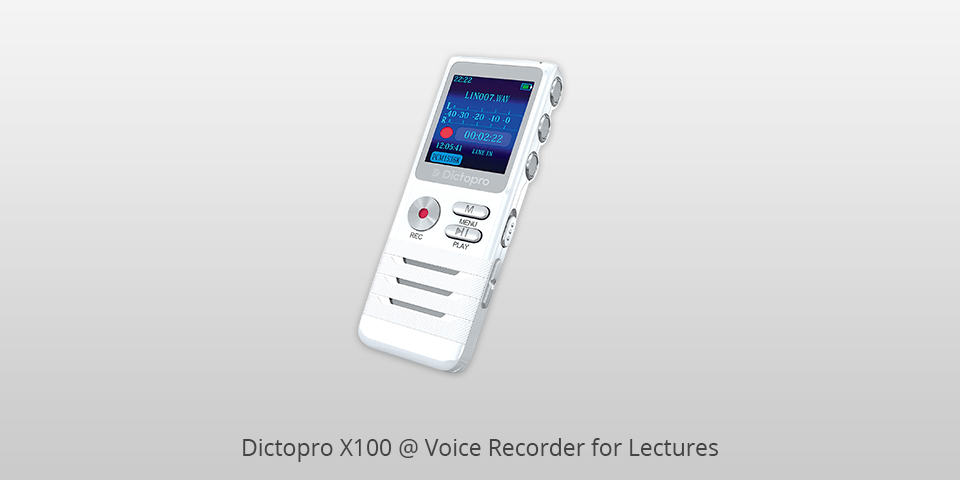
Format: MP3, WAV | Memory storage: 8GB | Built-in microphone: Stereo | Hardware interface: USB
The Dictopro X100 boasts high-quality sound recording, making it perfect for capturing lectures, meetings, or interviews. Its two ultra-sensitive microphones for dictation can pick up conversations from up to 40 feet away, ensuring clear recordings without any distracting background noise.
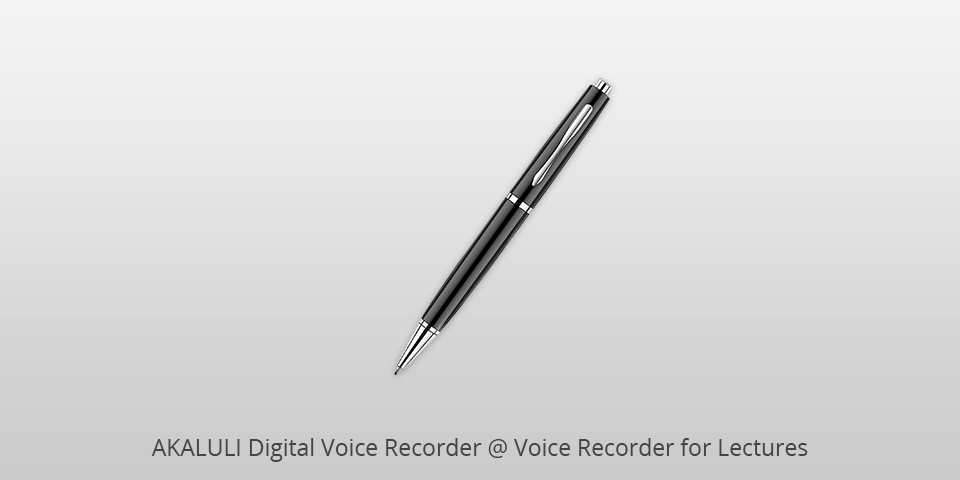
Format: MP3 | Memory storage: 32GB | Built-in microphone: Stereo | Hardware interface: USB
The AKALULI Digital Voice Recorder is a portable audio recording device that is perfect for lectures and meetings. This voice recorder for lectures boasts crystal clear audio quality and comes with an OTG function for quick file transfer and easy management.

One of the main characteristics that stands out is its small size. It's compact enough to fit in your pocket or backpack without any hassle. And don't let its size fool you, because it has a high-quality microphone that ensures even the tiniest whispers are captured perfectly.
Now, let's talk about some of the disadvantages and problems of usage. While the AKALULI Digital Voice Recorder is great for capturing audio, it does have its limitations. For one, the audio quality may not be as good if you're sitting far away from the professor or speaker.
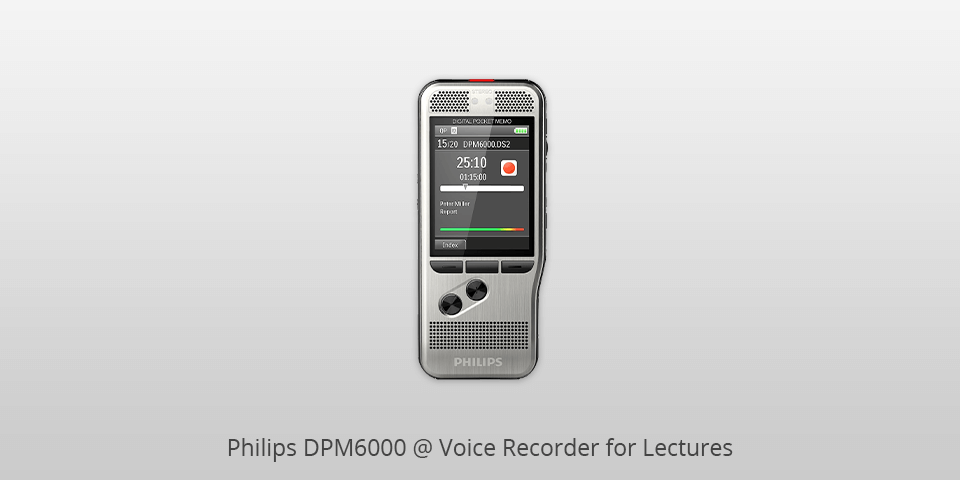
Format: MP3 | Memory storage: 1GB | Built-in microphone: Stereo | Hardware interface: USB
Philips DPM6000 is a fantastic voice recorder for lectures if you're looking to improve your dictation workflow. It comes with two microphones that allow for high-quality recordings in any environment, even in noisy classrooms or lecture halls.
Plus, it has a built-in noise-canceling system that eliminates background noise, making your recordings much easier to listen to.

One of the standout features of this device is its compatibility with voice recognition software. Another great thing about the DPM6000 is its portability. It's compact and easy to carry around in a purse or bag, making it convenient for on-the-go recording.
Now, let's talk about a few downsides. Some users have mentioned that the device's battery life could be improved. It offers up to 27 hours of recording time on a single charge, which is decent, but it might not be enough for those long lecture marathons or conferences.
Additionally, while the DPM6000 is a designed for professional use, some users have reported issues with file compatibility.
| IMAGE | NAME | FEATURES | |
|---|---|---|---|

|
Olympus WS-853
OUR CHOICE
|
CHECK PRICE → | |

|
Sony ICD-PX470
COMPACT
|
CHECK PRICE → | |

|
Wevoor Voice Activated Recorder
CLEAR AUDIO
|
CHECK PRICE → |
Remember, when choosing a voice recorder for lectures, prioritize sound quality, ease of use, battery life, and memory capacity. Brands like Olympus, Sony and ZOOM offer excellent options to consider.
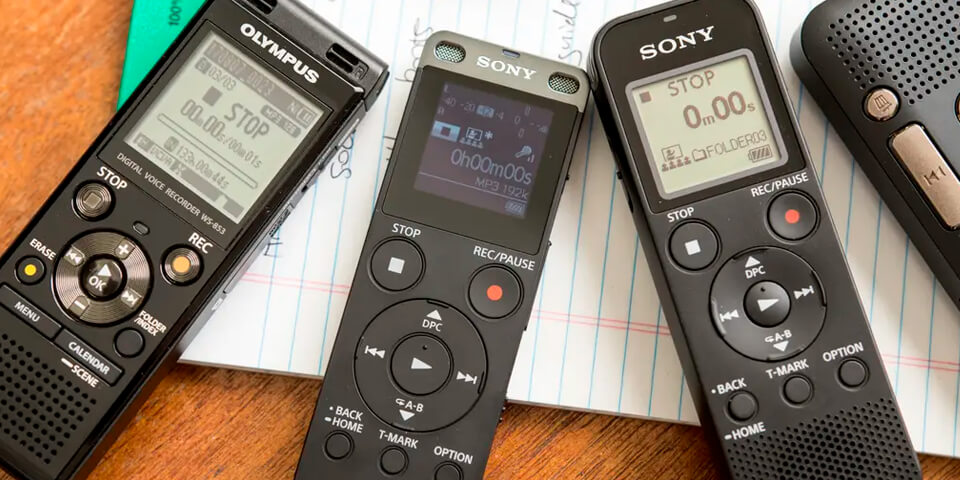
Sound quality. It's crucial to find a device to record lectures that produces excellent audio files. Not all recorders are created equal in this aspect. Look for one with a high-fidelity microphone to ensure clear and crisp sound, regardless of where your lecturer is in the room.
Also, check its playback quality and make sure it has an earphone jack for on-the-go listening.
Battery life. If you plan to use your device for more than just lectures, opt for one with a powerful battery. This allows you to record for longer periods without worrying about frequent battery changes.
Additionally, consider the memory capacity of the recorder. Some have onboard memory, while others use removable SD cards. The latter may be more convenient if you want to share or transfer your recordings.
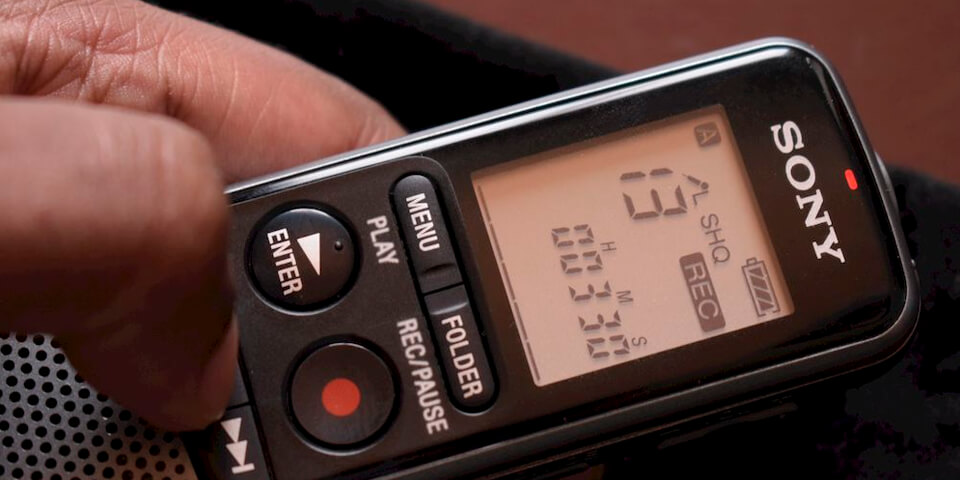
Ease of use. We all want a voice recorder for lectures that won't leave us scratching our heads, right? Look for one with user-friendly controls and a large display for easy navigation.
Oh, and don't forget the importance of an edit button that lets you delete silences or irrelevant noises and fast-forward through parts of the recording that you don't need to hear.